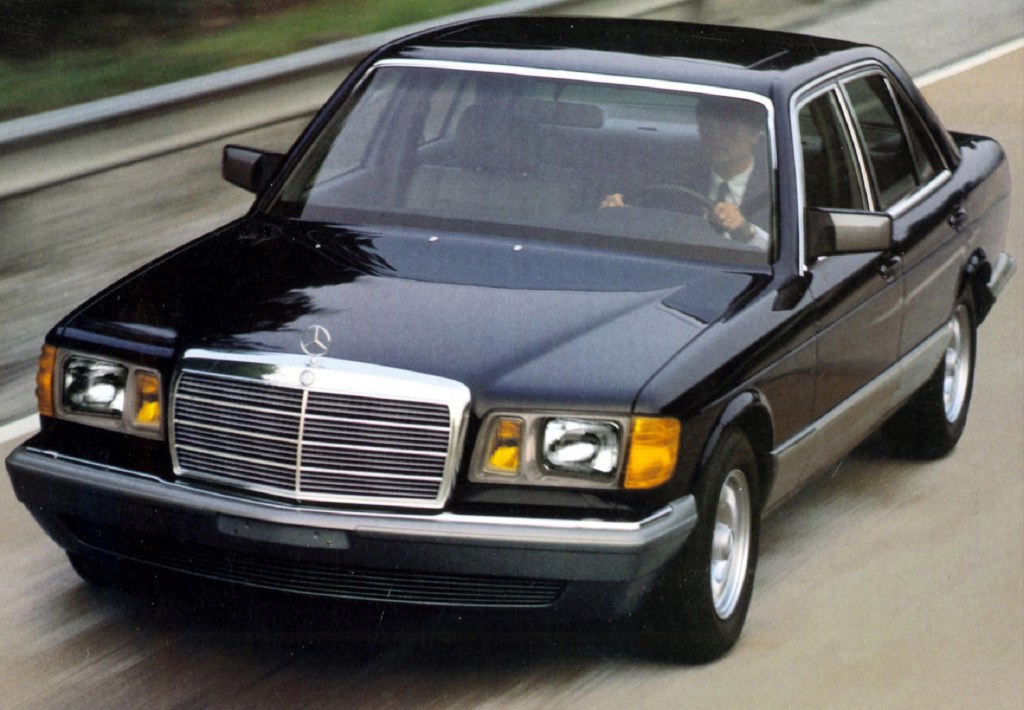
There’s a Big Difference Between ‘Reliability’ and ‘Durability’
Overall build quality used to be what separated luxury cars from the rest of the automotive world. Not just the materials themselves, but how well everything was screwed together so nothing fell off. That’s why many classic luxury cars are still held in high regard, due to their perceived reliability. And sometimes, the perception is that modern cars have forgotten what that means. But were those old cars more reliable, or simply more durable?
Reliability isn’t the same thing as durability

According to the American Society for Quality, durability is part of overall reliability. So why does an accredited testing lab like Michigan’s Sterling Performance perform reliability and durability testing? Shouldn’t the latter be part of the former?
Durability, Harvard Business Review explains, is “a measure of product life.” In other words, how long a car performs its duties before its performance degrades. One of the best examples of this is the engine. As years and miles pass, its parts wear, and output drops. Replacing these worn parts restores at least some of that lost performance.
Reliability, though, is essentially the opposite of failure, HBR explains. When Sterling Performance tests reliability, it’s looking for “any interruptions in usage or performance during the lifetime span” of whatever it’s testing. The two are linked, HBR reports, but they’re not synonymous.
Perhaps the best way to separate the two terms is to look at what happened when Carwow ran several cars without oil or coolant. Even though the Honda Civic in the video lasted longer than the Focus or Peugeot 206, it too eventually stopped working. Whether you have a new or classic car, if you tried this, your car would inevitably break down.
That was a test of durability, but not a test of reliability. After all, no one should run their car without the proper amount of oil and coolant. Regular maintenance is what keeps vehicles running reliably. Durability, then, is how well and how long a vehicle lasts. Reliability is how well it runs until then.
Can a car have good reliability and durability?
Reliability and durability are not mutually exclusive. With proper care, cars, trucks, and SUVs can last for well over 200,000 miles. Some have even crossed the million-mile threshold. But is that a function of reliability or durability?
Consumer Reports releases annual reports on the most reliable car brands and specific models. It also reports on which vehicles are most likely to last more than 200,000 miles. And CR itself states that practically “any car can make it to 200,000 miles and beyond if you spend enough money on it.”

Which brings us to the topic of maintenance in relation to durability and reliability. Some vehicles, especially high-performance supercars, have shorter service intervals than others. Does that make them less reliable or less durable? Not necessarily. We’ve already discussed how parts wear and require repair or replacement in order to restore performance. Supercars, like the Lamborghini Gallardo or McLaren F1, simply have less tolerance for wear as a result of their performance.
It’s the difference between the steak knife found in your kitchen and a surgeon’s scalpel. If your steak knife gets a bit dull, no worries, you can still have dinner. However, a scalpel can’t get too dull, or it’ll cause surgery complications. That’s not because it’s less durable than the steak knife—they’re both made of steel. But in order to get a reliably precise cut, a surgeon has to sharpen or replace his blade more often than you replace your steak knives.
Are modern cars less reliable or durable than classic ones?

Speaking of service intervals, that’s something people sometimes forget about classic cars, Road & Track reports. Vehicles like the W126 Mercedes S-Class and Toyota FJ40 Land Cruiser are praised for their reliability, even compared to their modern versions. But, as R&T explains, these old cars aren’t necessarily reliable, but durable.
There’s an excellent non-car example of this: the Triumph Bonneville. The classic model may have been fast for its day, but it doesn’t make a good daily rider. Jay Leno owns one, and he remembers the dealer telling his buddy that he wouldn’t have “to take the head off for 7500 miles.” Basically, the bike needed an engine rebuild every 7500 miles.
Admittedly, classic cars typically have longer service intervals than that. But still, it wasn’t unusual for some vehicles, even luxury ones, to require an engine rebuild after 100,000 miles, R&T reports. I still remember 3000-mile oil change intervals.

Classic cars are durable, but they’re not as reliable. They can last long, but their operations are more regularly-interrupted by maintenance issues. True, the million-mile car list contains many classics. And yes, being simpler, they have fewer breakable parts, Hagerty reports. But the 200,000-mile-plus club is all modern vehicles—including the newest Land Cruiser. And its oil-change interval stretches into the 5000-mile range and beyond.
Follow more updates from MotorBiscuit on our Facebook page.


